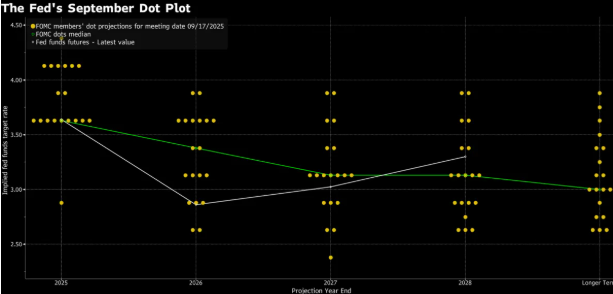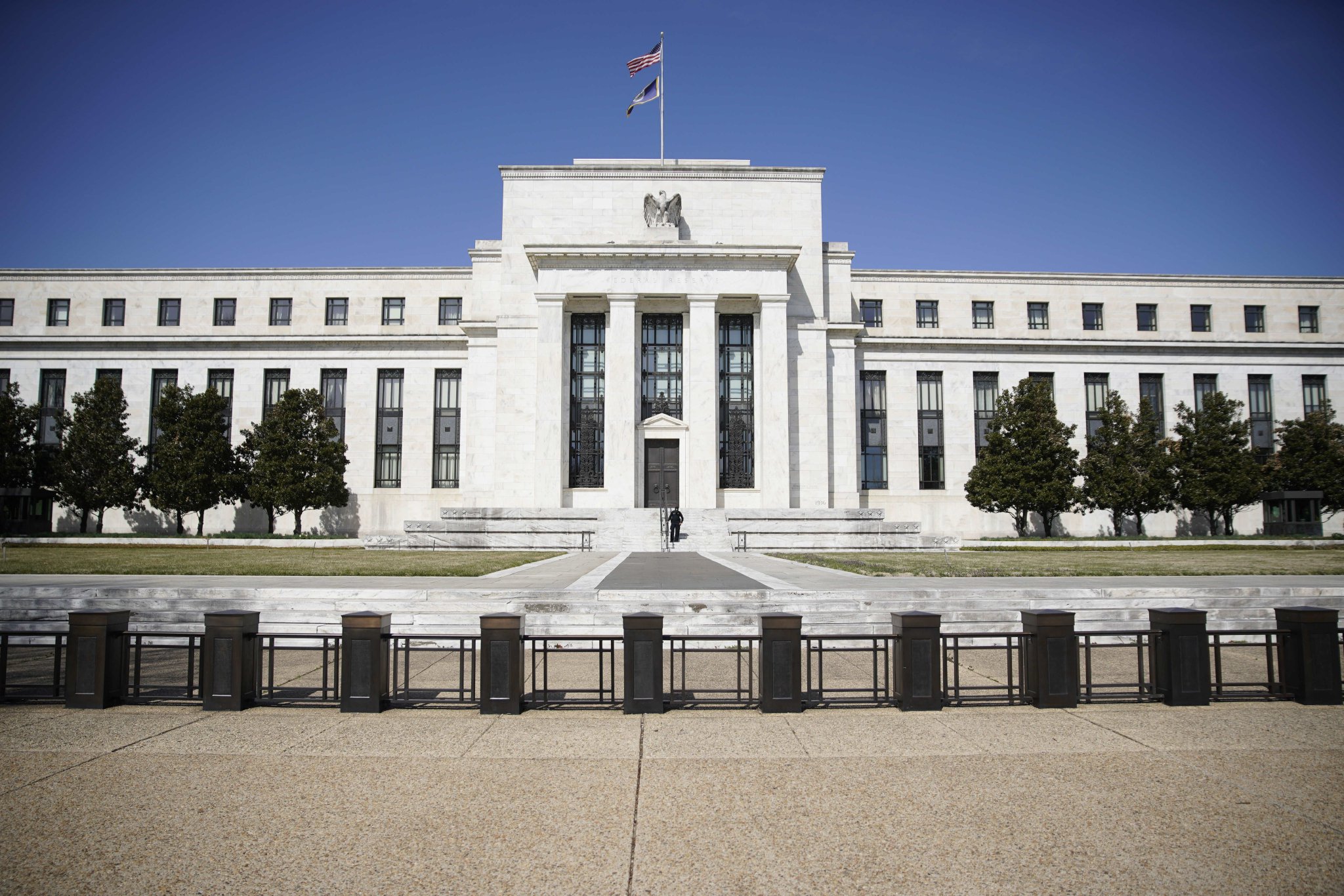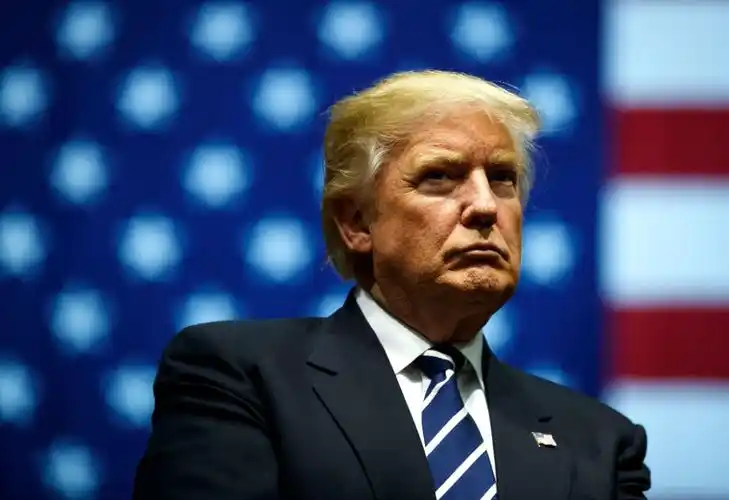Two things are expected to happen at this week’s Federal Reserve meeting: officials will cut interest rates by 0.25 percentage points, and Chair Jerome Powell will offer little guidance because the widening rift among policymakers has clouded the path ahead.
Powell said earlier this month that the Federal Open Market Committee would still be watching for threats to the labor market. Then, last week’s delayed inflation report came in below expectations, which may have temporarily eased the concerns of the Fed’s hawks.
“Labor market data continues to play an increasingly important role in the discussion,” said Krishna Guha, global policy and central bank strategy chief at Evercore ISI. He pointed out that as long as officials are satisfied with inflation expectations and the pressure brought by rising wages and service prices, Powell can continue to focus on employment issues and “bring the Fed’s policy stance back to neutral.”
The Federal Reserve will announce its interest rate decision at 2 p.m. on Wednesday in Washington and release a statement from the committee. Powell will hold a press conference 30 minutes later. The committee will not release new forecasts or interest rate projections at this meeting.
Federal funds futures indicate that investors are almost certain that there will be a 0.25 percentage point rate cut.
However, the possibility of a rate cut is high, but this does not mean that policymakers are completely in agreement on the outlook for interest rates. A considerable number of them, while acknowledging the risks to the job market, still express concerns about inflation.
The consumer price index rose less than expected in September, but the core price index, which is considered a better indicator of underlying inflation trends, rose by 3% year-on-year, one percentage point above the target.
Some officials also pointed out that prices in some economic sectors, such as the service industry, have remained stubbornly high, despite the fact that these sectors should have been less affected by tariffs. In addition, the recent threats of imposing new tariffs on China and Canada have added new uncertainties to prices and the economic outlook.
Therefore, the committee’s current differences may be even greater than in September, when nine members were in favor of cutting spending at most one more time this year.

Against this backdrop, analysts expect Powell to avoid giving clear guidance on the upcoming meeting. The lack of official economic data due to the ongoing government shutdown will only make him more cautious.
Matthew Luzzetti, chief U.S. economist at Deutsche Bank Securities, said: “Hopefully, the final data will help bridge the gap between the two camps.” But he added that as long as this divergence persists, Powell “won’t give too many signals about December or beyond.”
Stephen Milian, a member of the Federal Reserve Board appointed by President Donald Trump, will have his seat open again in February. Milian has indicated that he will once again cast a dissenting vote in favor of a 0.5 percentage point rate cut. Among the remaining voters, Jeff Schmid, the president of the Federal Reserve Bank of Kansas City, is seen as a potential dissenter who supports keeping interest rates unchanged.
Fed watchers also believe that the possibility is growing that the Fed’s committee will halt the reduction of the size of its Treasury holdings in the $6.6 trillion balance sheet at this meeting. For months, officials have been seeking to shrink the size of Treasury holdings as much as possible without withdrawing too much liquidity from the overnight funding market.
Some institutional analysts believe that the Federal Open Market Committee (FOMC) is expected to cut interest rates by 25 basis points at the meeting on October 28-29. However, it is still uncertain whether the committee will announce the end of quantitative tightening (QT). We expect the FOMC to announce the end of QT, effective in November.
Guninder Dhillon, head of US rates at BNP Paribas, said: “At the moment, we are trying to balance the line between volatility and stress. I think it’s very clear from a risk management perspective that they need to seriously consider ending” this emergency measure.


